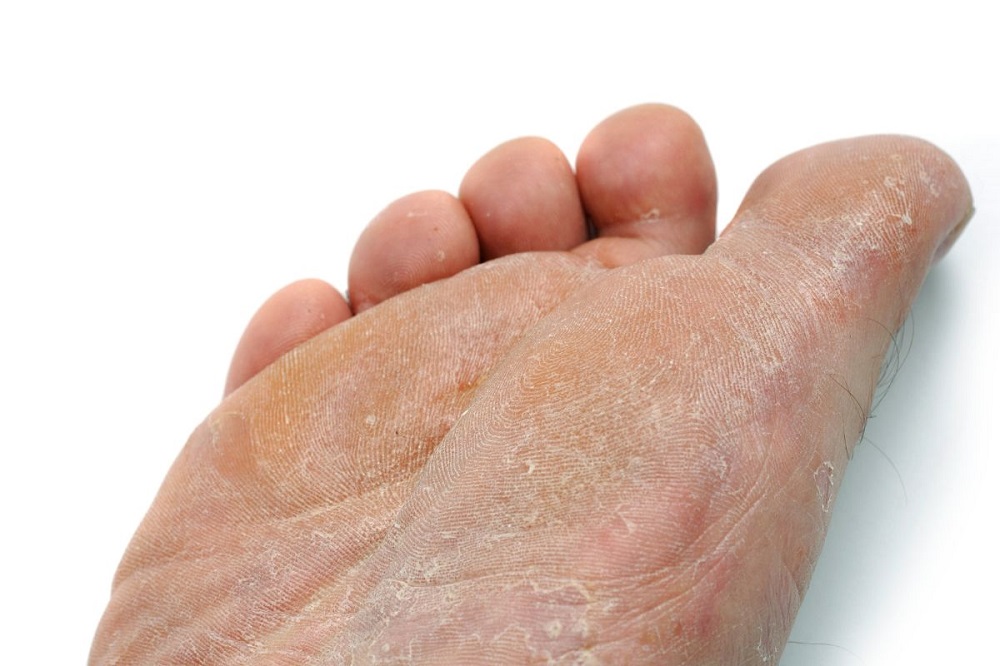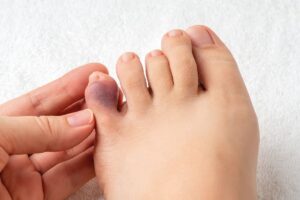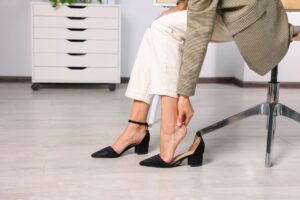Peeling feet is one of the most common foot problems because it is the body part that is almost always in contact with surfaces.
This issue is mostly harmless but there are cases where it consistently persists, results in wounds, or causes pain.
If you are experiencing any level of foot peeling, then you might be interested to understand it better so you can take the necessary steps to prevent it.
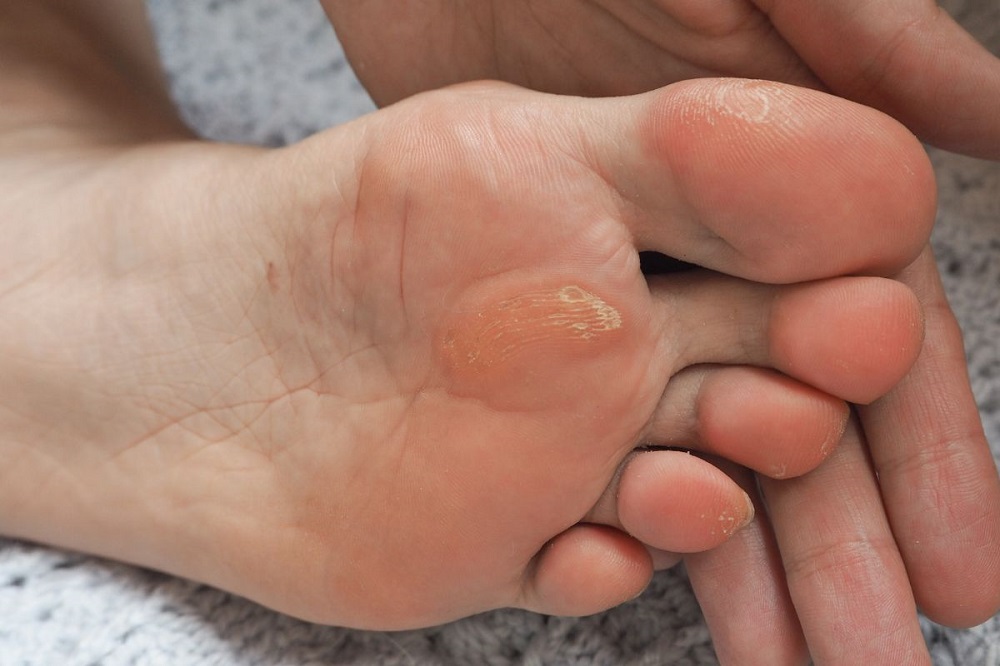
Understanding Peeling Feet
What you need to know is that peeling feet is a symptom with an underlying cause. It can be as minor as dry feet in cold weather or as serious as diabetes-induced blood flow issues.
Aside from dry skin and diabetes, other causes of peeling feet include athlete’s foot, eczema, psoriasis, hyperhidrosis, corns, calluses, and blisters, just to name a few.
The degree of peeling can vary, as well. Your foot can peel slightly, only with soft skin that comes away without any pain. However, it can go deeper and cause some bleeding, especially if it is caused by a skin condition or a serious disease.
Peeling can also occur in different ways. You could find larger portions of skin coming off or it could come in smaller bits.
Measures to Take to Prevent Foot Skin Peeling
If you are concerned about your peeling feet, your best bet is to take measures to prevent it from happening. Here are some things you can do.
- Do Not Go Barefoot on Dirty Surfaces
Fungi-related conditions such as athlete’s foot can cause itching, dryness, and peeling. This infection often results from fungal growth due to extensive exposure to moisture and dampness such as the insides of shoes.
However, it can also be contracted by getting in contact with the fungus by stepping on contaminated floors while barefoot. Avoid walking without footwear while in gyms, showers, dirt, and any other outdoor surfaces.
- Wear the Right Footwear
Some causes of peeling can be due to the shoes you wear. Ill-fitting shoes can result in blisters that can peel after they healed. These can also result in other types of wounds that can aggravate the issue.
What you need to do is to take a look at the footwear you often use and see whether they fit well or not. They should be comfortable with just the right amount of space, not too restricting not too loose.
Aside from the size, you should also see if it offers enough support and padding. You do not want something that brushes on your skin too much as these can cause corns and calluses that can be irritated by the wrong footwear.
- Address the Root Cause
As mentioned, peeling can be a symptom of an underlying issue. You can start by finding out what the condition is and your best bet is to go to a podiatrist. These foot doctors provide medical assessments and care to help treat the root cause.
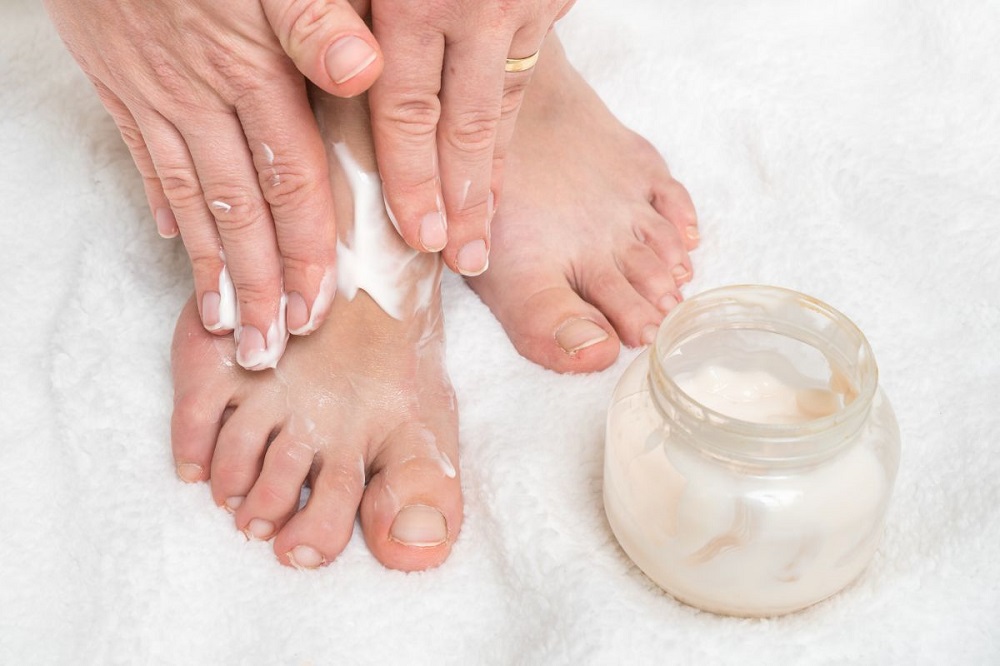
For dry skin, your best choice is to keep it moisturized. Applying lotion to the peeling spot can be of great help. However, if it is caused by hyperhidrosis, you might want to minimize sweating by applying foot powder.
Your doctor can provide sound advice on what to do, especially if the peeling has caused infections or if the root cause is a major condition.
Conclusion
Your feet can peel due to a variety of reasons and you want to make sure that you treat them properly before it evolves into something more serious. If you want to address your foot peeling, then you should head to a reliable foot clinic and consult a podiatrist who can provide professional medical assistance.


